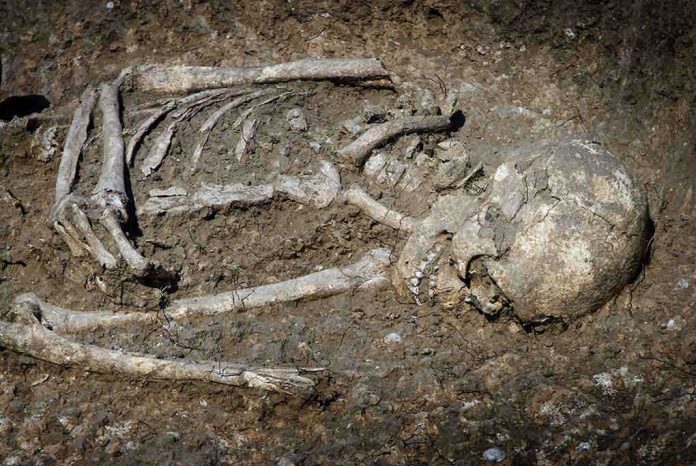
A historic discovery in the legendary city of Troy has unearthed treasures that could rewrite ancient history.
Story Highlights
- 4,500-year-old treasures, including a gold brooch and jade stone, discovered in Troy.
- The brooch is one of only three known examples worldwide.
- The jade stone suggests long-distance trade networks existed in the Early Bronze Age.
- Findings resolve debates on Troy’s chronology and enhance its historical significance.
Revolutionizing Archaeological Understanding
Archaeologists at the historic site of Troy in northwestern Turkey made a significant breakthrough by unearthing a gold brooch and a rare jade stone, both dating back to approximately 2500 BCE. These artifacts were discovered in the Troy II settlement layer, a key period of the Early Bronze Age. The brooch, remarkably well-preserved, is one of only three known examples across the globe, making it a truly extraordinary find. This discovery is hailed as one of the most significant archaeological achievements of the past century.
Once-in-a-century treasures dating back 4,500 years unearthed in legendary city https://t.co/VfXd85iwoO
— Fox News Lifestyle (@FoxNewsLife) October 16, 2025
The unearthing of these treasures not only adds to the rich tapestry of Troy’s history but also provides clarity on the chronology of the site. By offering a fixed point in time for the beginning of Troy II, these artifacts help resolve longstanding debates among scholars regarding the city’s timeline. This clarity enhances our understanding of Troy’s significance as a center of ancient trade and culture.
Implications of the Discovery
The presence of the jade stone, a material not native to Anatolia, indicates that Troy was part of an extensive trade network that spanned great distances. This suggests that Troy was not merely a local center but was intricately connected to far-reaching trade routes during the Early Bronze Age. Such insights shed light on the commercial and cultural exchanges that took place in ancient times, establishing Troy as a nexus of early interregional trade and interaction.
These finds are set to be displayed at the Troy Museum in Çanakkale, where they will undoubtedly attract both tourists and scholars. The Turkish Ministry of Culture and Tourism, which oversees archaeological projects, has been keen to promote these discoveries, emphasizing their historical and cultural significance. The artifacts are currently undergoing conservation and documentation before their public exhibition.
Historical Significance and Future Prospects
The discovery of the gold brooch and jade stone at Troy offers a wealth of information for researchers. Scholars view the brooch as a “once-in-a-century” find due to its rarity and state of preservation. The discovery resolves key chronological debates about Troy II, providing a clearer picture of the development of early complex societies in Anatolia. The presence of jade, indicative of long-distance trade, highlights elite consumption patterns and provides a glimpse into the social hierarchy of the time.
The significance of these finds extends beyond academic circles. The surge in interest is expected to boost tourism, bringing economic benefits to the region. Politically, the Turkish government gains international recognition as a steward of world heritage, enhancing its reputation in the realm of archaeology. This discovery sets a new benchmark for Early Bronze Age artifact preservation and may influence future archaeological priorities in the region.












